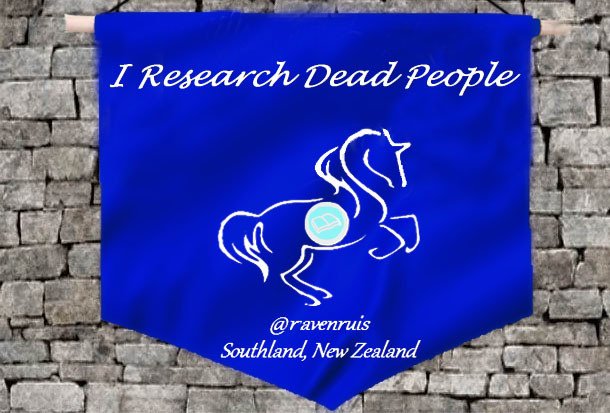IRDP: my famous relations (5)
Patrick Maynard Stuart BLACKETT

cir. 1950
image source
Baron Blackett of Chelsea
(b. 18 Nov 1897, London; d. 13 Jul 1974, London)
'The father of operational research.'
“You can't run a war on gusts of emotion.” ~ Blackett.
He participated in both WWI and WWII.
WWI - the 1911 census shows Patrick - aged just 13 years - as a cadet at the Royal Naval College in Hampshire; and when war broke out he joined as a naval officer, rising to the rank of Lieutenant before resigning, once the war was over, for more academic pursuits.
WWII - once this war began, he signed up to be a part of the Instrument Section of the Royal Aircraft Establishment team. He also formed an operational research group for the analytical study of the anti U-boat war, also becoming Director of Naval Operational Research at the Admiralty and Scientific Advisor to General Pile, C.M.C., Anti-Aircraft Command. (source)

lecturing in India, cir. 1954 (photographer unknown)
image source
"for his development of the Wilson cloud chamber method, and his discoveries therewith in the fields of nuclear physics and cosmic radiation."
source
- 1940 - Royal Medal, from the Royal Society
- 1946 - American Medal for Merit
- 1956 - Order of Companions of Honour
- 1967 - Order of Merit
- 1969 - Baron Blackett of Chelsea (a lifetime peerage)
- 20 honourary degrees/academic memberships across 11 countries worldwide

(no image source link, as blocked by virus scanner)
- ionised particles
- the cloud chamber
- Geiger counter
- subatomic particles
- radar technology
- paleomagnetism (Earth's magnetic forces, and continental drift)
- transmuting one element into another
- positron
- cosmic rays
While conducting research at Cambridge, it is believed that a young, distraught graduate student named J. Robert Oppenheimer attempted to poison Blackett with an apple laced with toxic chemicals. Blackett was Oppenheimber’s head tutor at the time, and Oppenheimer found Blackett to be brilliant but also extremely demanding. Blackett insisted that Oppenheimer spend more time doing lab work while Oppenheimer believed his time and talents should be devoted to theoretical physics. Eventually, the stress of graduate work led Oppenheimer to seek psychiatric help, and it was around this time that he allegedly presented his tutor with the toxic apple. Blackett did not eat the apple, and the whole scandal became muddied by conflicting stories. Ultimately, little came of the attempted poisoning. Both Blackett and Oppenheimer would become renowned physicists in their own scientific spheres.
image source

published 1948
image source
Needless to say, he was a truly remarkable man.

photo by Lucia Moholy, 1936
image source
Notes:
Patrick's parents were:
Blackett, Arthur Stuart (b. 1865, Kensington; d. 1922, Hindhead; a stockbroker)
Maynard, Caroline Frances (b. 1868, Edinburgh; d. 1960, London)
He had two siblings (sisters):
Blackett, Winifred Maynard (b. 1895, Fleet; d. 1969)
Blackett, Nina Marion (b. 1900, Kensington; d. 1998, London) - psychoanalysist and author, who also wrote under the pen name Joanna Field
Patrick married during 1924 in Florence (Italy), to:
BAYON, Eva Constanza Bernadina de (b. 1899; d. 1986, Llanfrothen)
They had two children:
Blackett, Giovanna (b. 1926, Cambridge)
Blackett, Nicholas Maynard (b. 1928, Cambridge; d. 2002, Merton)
'Blackett's Circus' - a name given to a group of eccentric and eclectic academics working on Operational Research, who came up with innovative ideas during WWII to beat the German U-Boats, for example.
He is quoted as saying,

from: The Pleasures of Counting, by T. W. Körner (p.g 57)
Google Books
In his honour:
- Blackett Memorial Hall and Blackett lecture theatre (University of Manchester, England)
- the Blackett Laboratory - Physics department building of London's Imperial College
- the Moon's crater Blackett is named after him
- an English Heritage Blue Plaque has been placed on the house where he lived for a time (it is a rare double-blue plaque as another Nobel recipient also resided there for a while)
He's been imortalised in cartoon form:

image source
Bibliography:
https://en.wikipedia.org/wiki/Patrick_Blackett
https://www.atomicheritage.org/profile/patrick-blackett
https://www.nobelprize.org/prizes/physics/1948/blackett/biographical/
https://onlinelibrary.wiley.com/doi/pdf/10.1111/1475-3995.00417
http://discovery.nationalarchives.gov.uk/details/r/4f193250-cc85-4fb4-81b8-8d2ca592fb90
https://www.thefamouspeople.com/profiles/patrick-blackett-7622.php
If you are interested in your own family history and want some help, I work for Steem & SBD. Check out my biz post here.




Interesting post - WWII was such an interesting time for science. Seems so much new was being figured out. Also interesting so many of the scientists became advocates against war.
Yes, I guess you get an entirely different perspective from behind the curtain.